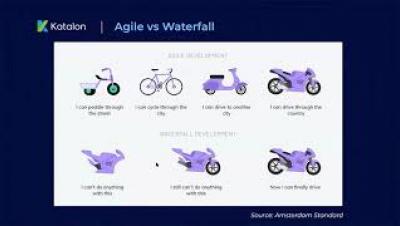Systems | Development | Analytics | API | Testing
%term
Developing and Testing a Web App with Continuous Integration
Machine Learning Summit: How to Build a Real Time ML Pipeline for Fraud Prediction
What's New In Loadero (July 2021)
It’s summer, a pleasant time for taking a vacation and having some rest. While members of the Loadero team take holidays too, work on improving our service to serve customer’s needs is never interrupted. In this blog post we are sharing updates to our application that took place in July.
Using ActiveRecord's #update_counters to Prevent Race Conditions
Race conditions are arguably the most insidious kind of bug; they're intermittent, subtle, and most likely to occur in production. ActiveRecord's `update_counter` provides us with a convenient way to avoid race conditions when incrementing or decrementing values in the database. In this article, Jonathan Miles shows us how to use it, how it's implemented, and other approaches to avoiding race conditions.
Talk of the Town: Single Page Application
In recent days web application has become a vital part of our day-to-day life. We often don’t understand the technology behind an application as how it works, what type of programming languages have been used or what kind of databases are used to store and retrieve data. But when you try to create one such application you should definitely know how to build an application and the technology stack behind it.
How to Structure Low-Code Teams: The "Developer And ________" Approach
IT and development teams are embracing low-code for many reasons: It reduces technical debt. It improves collaboration with business users. And it makes you vastly more efficient by keeping things simple—including your application teams. Unfortunately, even as IT organizations embrace low-code, many still rely on bloated, heavily specialized development teams. They’re only scratching the surface of low-code’s power.
3 Ways to Navigate Disruption in the Energy Sector
Now more than ever, the energy industry is facing disruption that impacts costs, damages productivity, and threatens the success of the industry. To combat this, organizations are looking to implement new technology solutions that allow them to stay resilient and agile when the unexpected happens. Here are three of the most prevalent disruptors in the industry today, and how digital capabilities can help organizations respond.
Preventing Shopping Cart Abandonment with Anomaly Detection
The global pandemic has changed B2C markets in many ways. In the U.S. market alone in 2020, consumers spent more than $860 billion with online retailers, driving up sales by 44% over the previous year.eCommerce sales are likely to remain high long after the pandemic subsides, as people have grown accustomed to the convenience of ordering online and having their goods – even groceries – delivered to their door.










